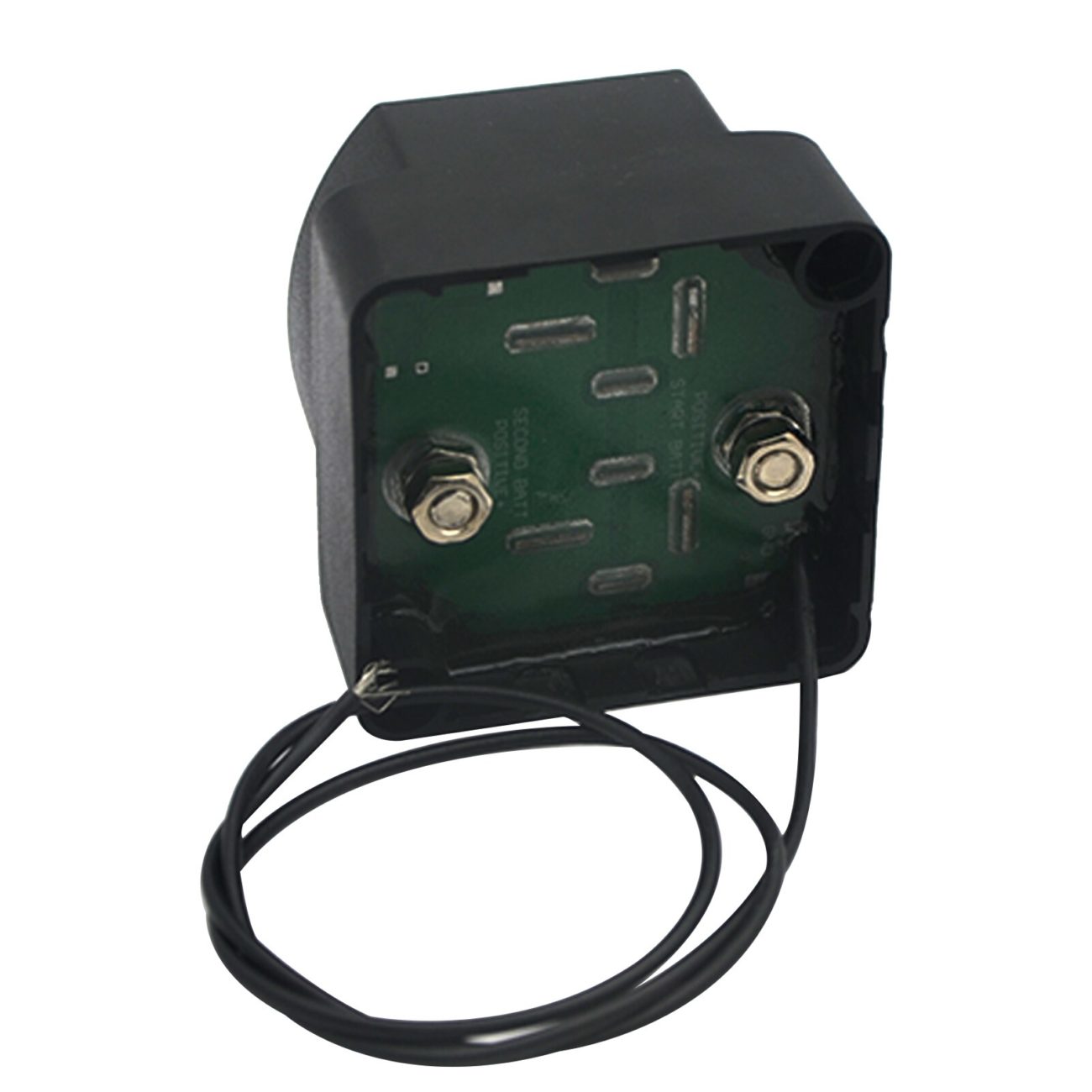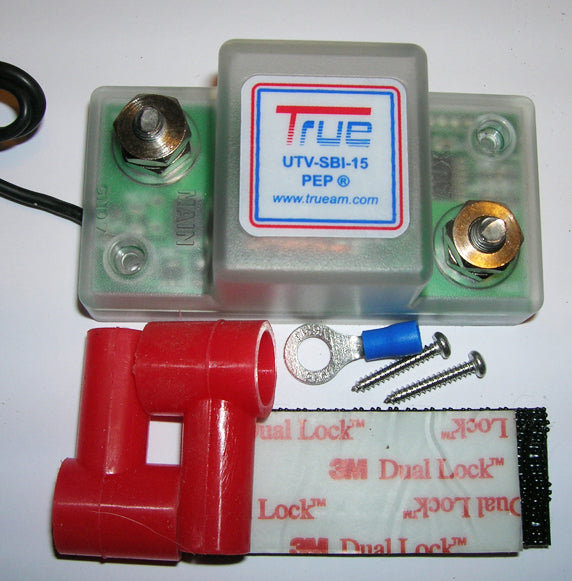
The wiring for Arduino is simple and a mini breadboard is used to connect the ultrasonic sensor to the Arduino using jumper wires. How does it Work?Īfter the micro vibration motor is removed from the cell phone, it is soldered on a small piece of general purpose PCB along with two wires to the terminals of the motor. The equipment needed for this project are Arduino UNO, Ultrasonic sensor (HCSR04), Mini breadboard, 9 volt battery connector, DC male power jack, Buzzer, jumper wires, a broken cellphone for the vibration motor, a Toggle switch and other peripheral devices. This device automatically detects the obstacle while walking and provide feedback by letting the walking stick vibrate along with a warning sound. The device is affordable and can be easily replicated in couple of hours. Now add 2 wires for the LCD: `B10` to the pin nearest the Pico, and `B13` to the pin right on the edge.This tutorial is based on an open source Arduino project for a Smart Cane that assists blind people to walk alone anywhere with the help of inputs provided through an obstacle sensor and giving feedback through haptics (vibration motor).Cut the pins on your battery holders down so they’ll fit in the breadboard, and then place the battery holders in the breadboard at an angle: With the `+` contact relative to the resistor (as shown below), and with the `-` contact in the bottom `-` row of pins on the breadboard.Note: This works for AAA batteries – for AA you will need to space the columns out a bit more. Now add 3 more sets of wires and resistors, from pins `A7`, `A6` and `A5`, to new columns, each with 7 columns of pins between it and the last.Fold a 75 Ohm resistor, cut it to length, and add it diagonally between the 5th column right of the Pico and the 6th.
#Smart battery isolator arduino Patch


#Smart battery isolator arduino full
NiCd and NiMH batteries also benefit from an occasional full discharge, which most normal battery chargers won’t do.


Many AA or AAA battery chargers charge batteries in pairs, but plenty of devices use 1 or 3 batteries, meaning that some of your batteries get overcharged and some get undercharged.


 0 kommentar(er)
0 kommentar(er)
